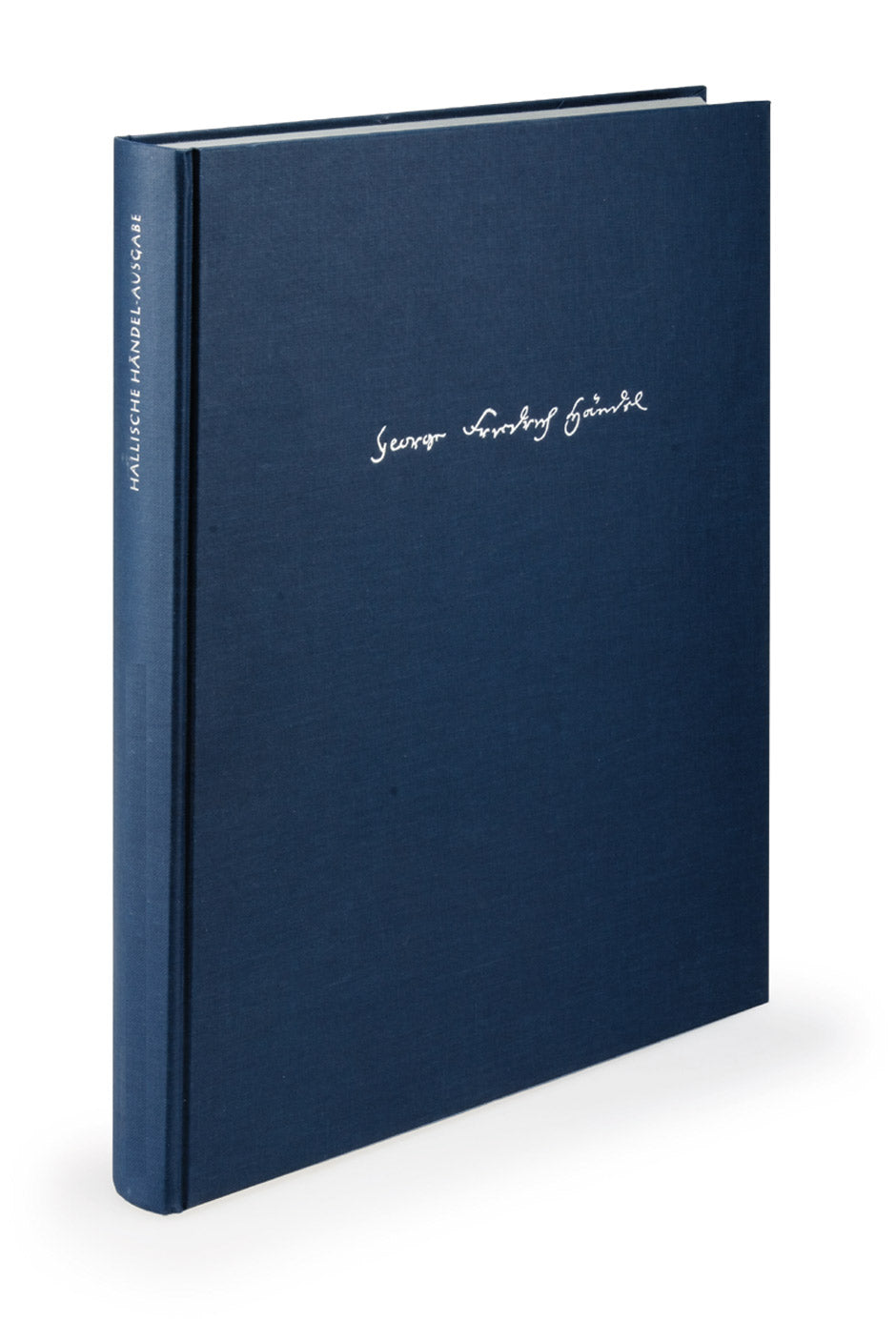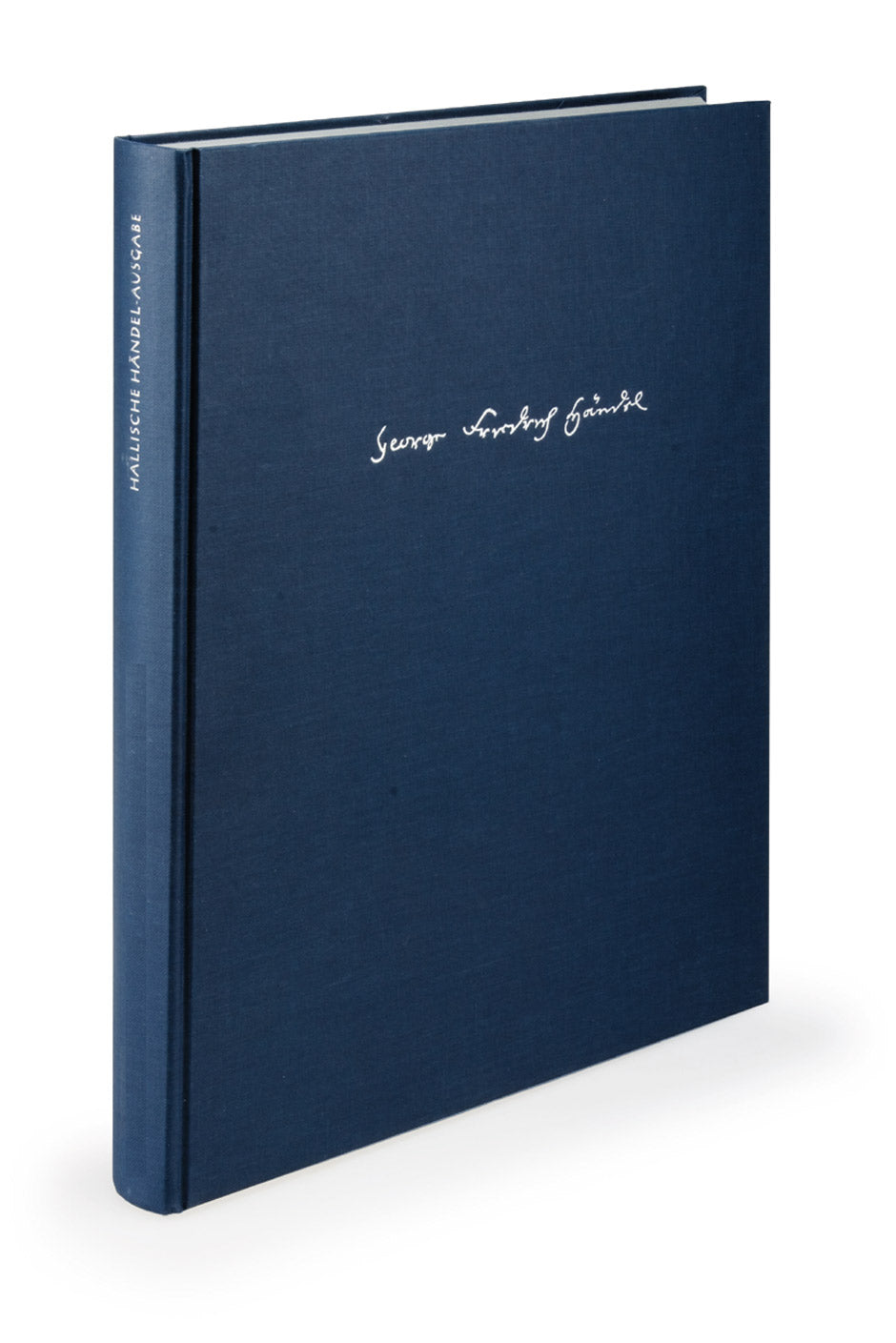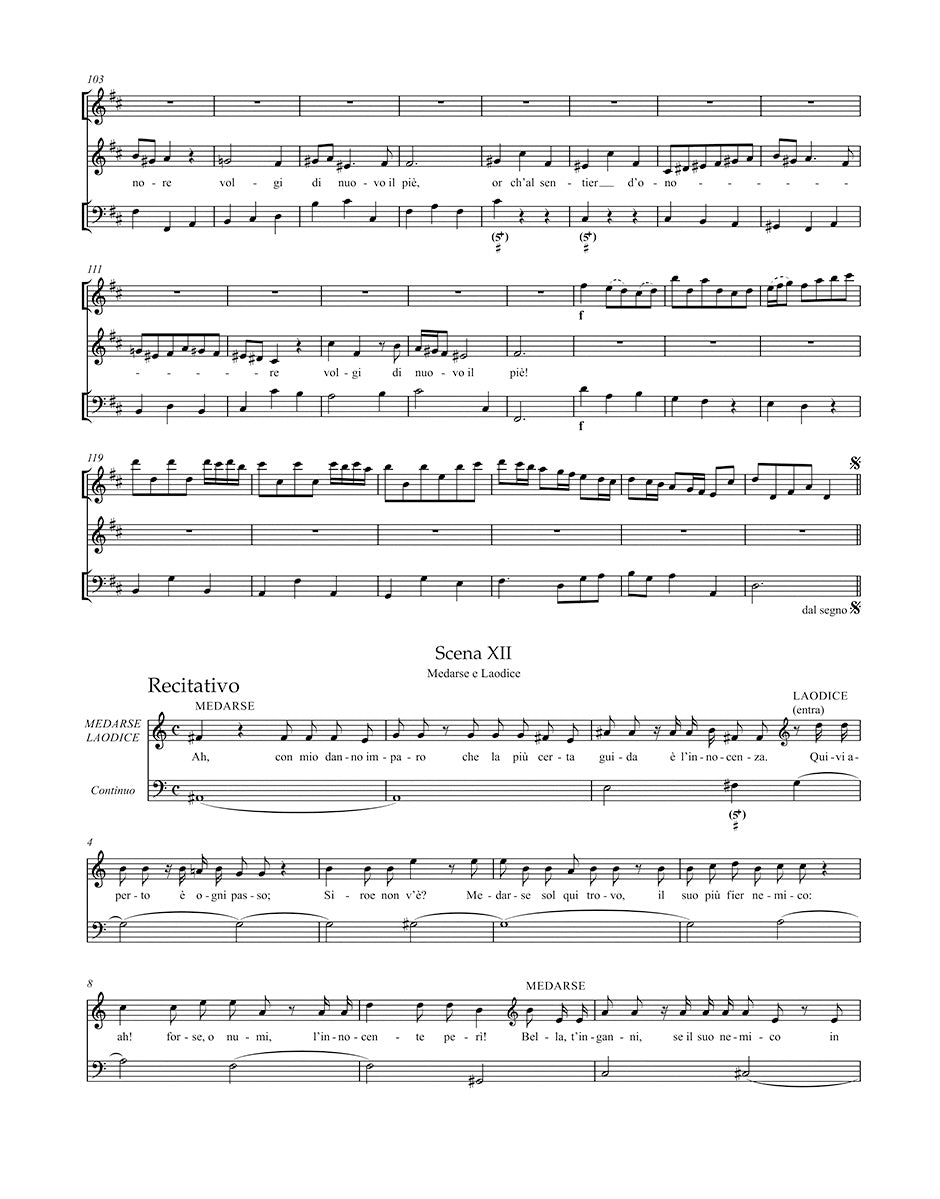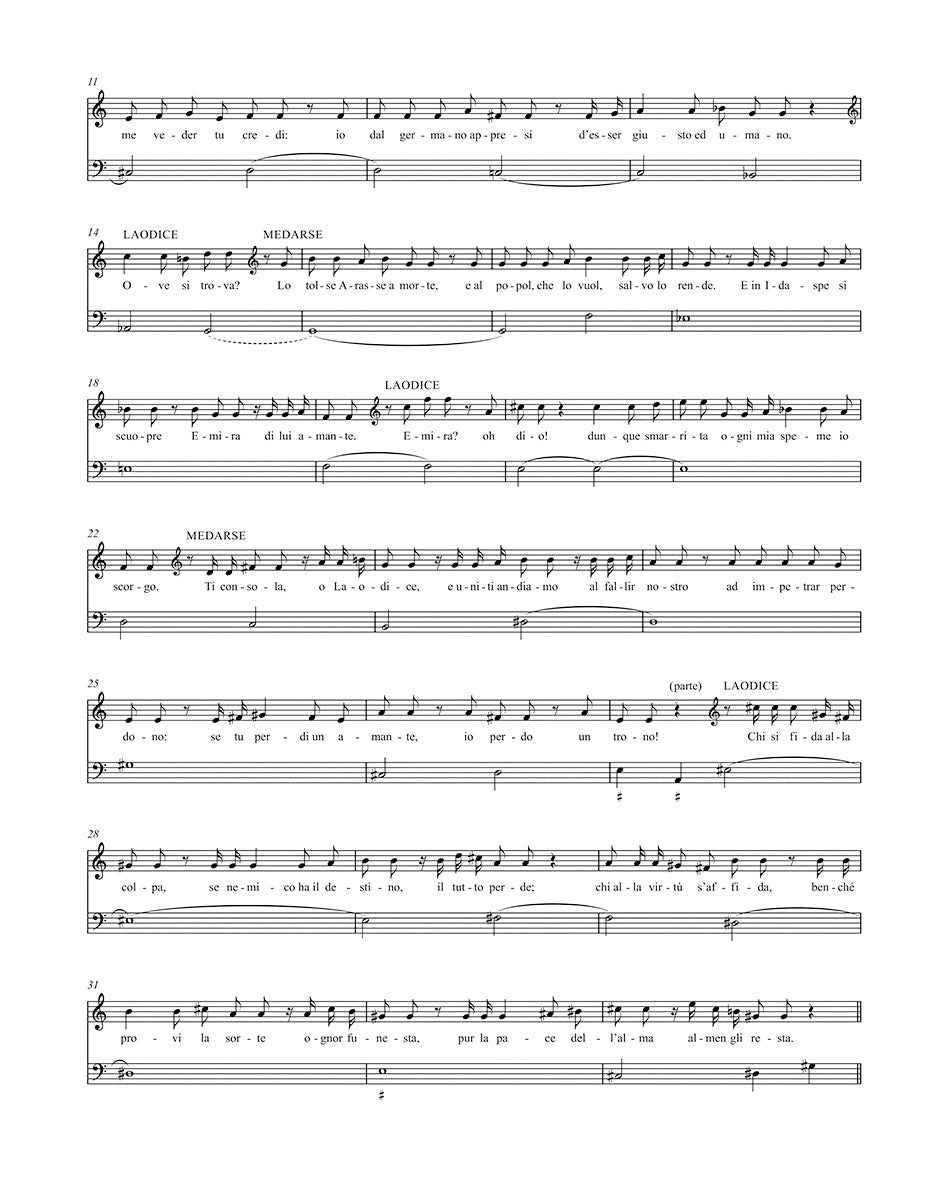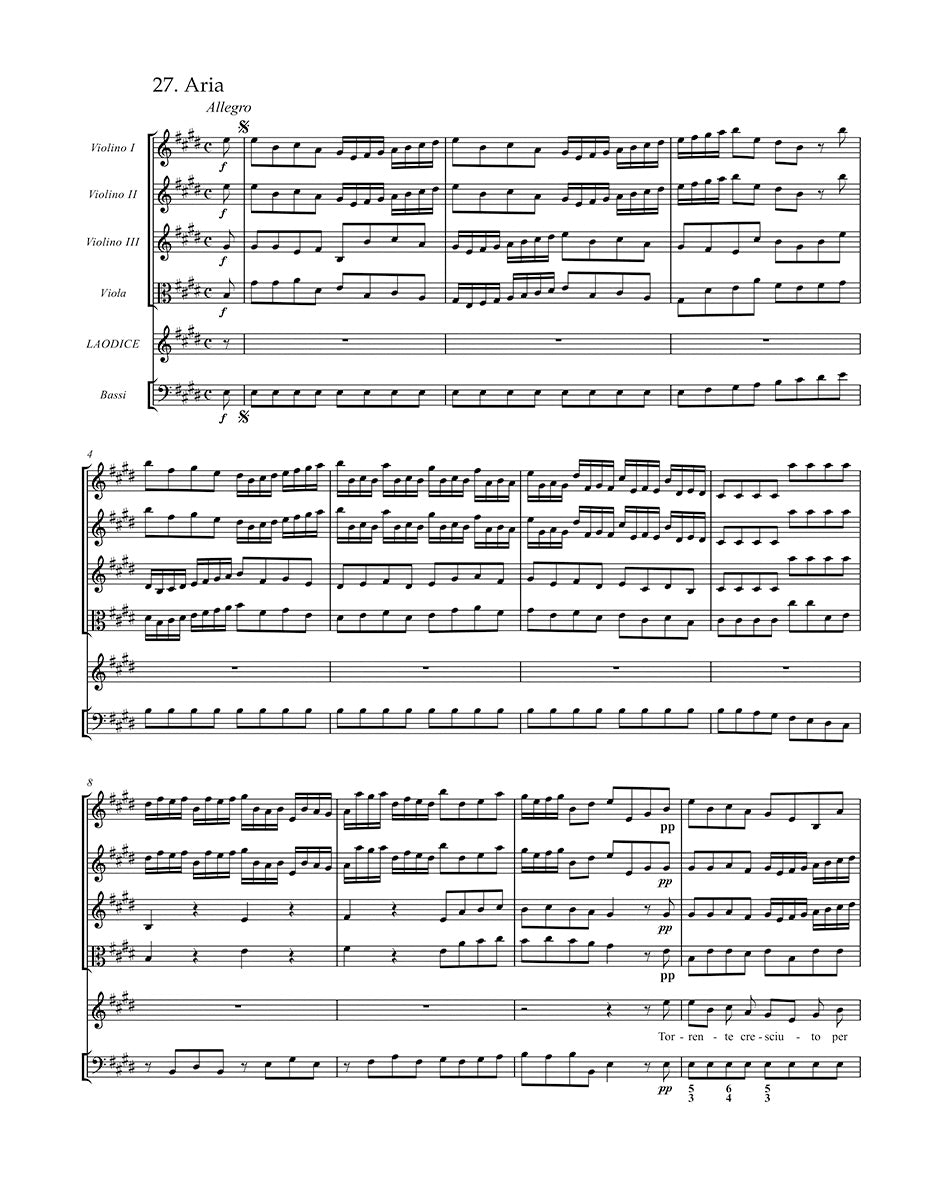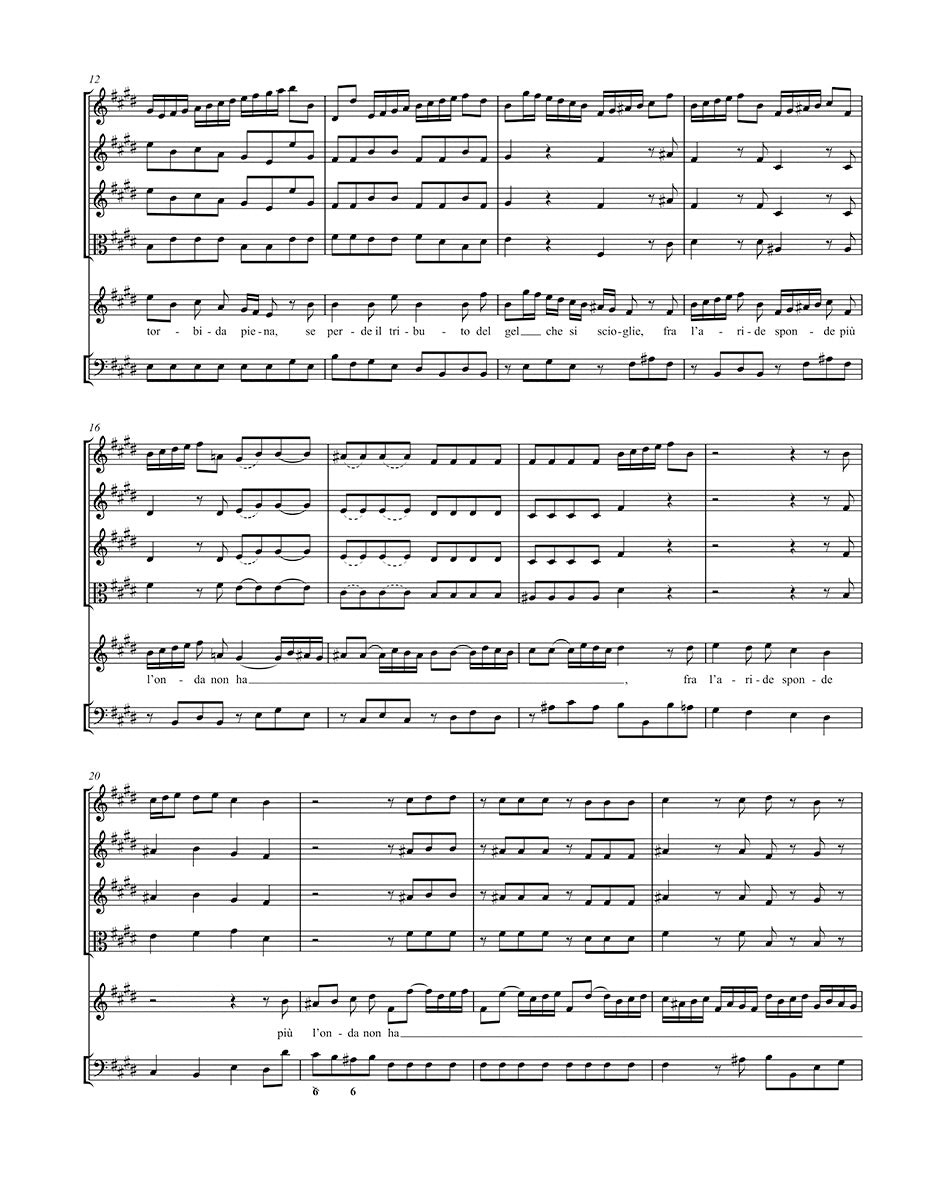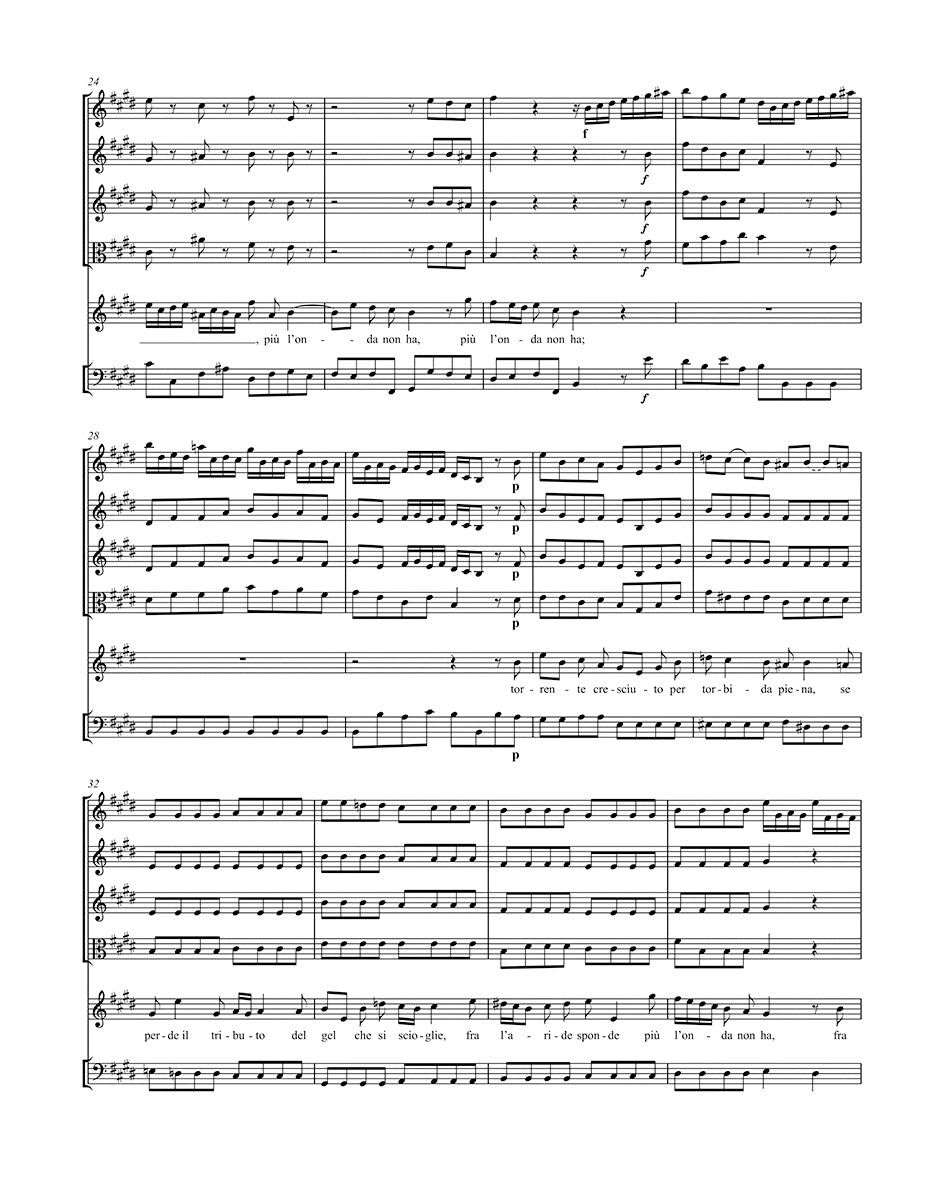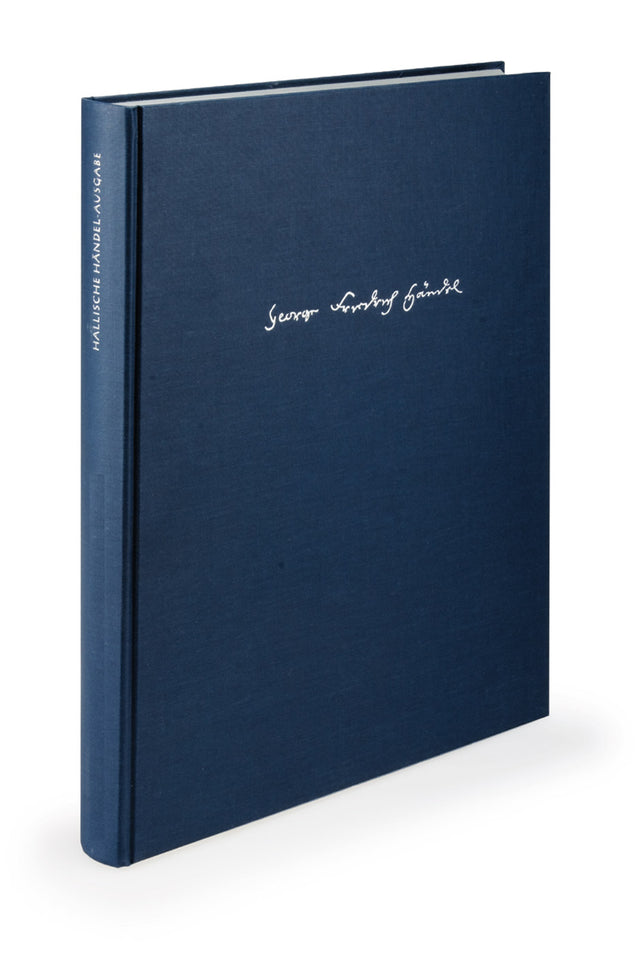Handel: Siroe, Re di Persia, HWV 24
Expected to ship in about a week.
- Composer: George Frideric Handel (1685-1759)
- Editor: Phillip Schmidt
- Format: Full Score – Complete Edition
- Instrumentation: Opera
- Work: Siroe, Re di Persia, HWV 24
- Binding: Hardcover
- ISMN:
- Size: 10.2 x 13.0 inches
- Pages: 280
Description
George Frideric Handel's "Siroe, Re di Persia", HWV 24, was premiered on February 17, 1728 at the King's Theatre in London's Haymarket. with Francesca Cuzzoni, Faustina Bordoni and Francesco Bernardi, known as Senesino, the composer had top-class vocal soloists famous throughout Europe at his disposal for no fewer than 17 consecutive performances. However, Handel's opera was not an outstanding success due to the strong competition from the "Beggar's Opera" presented in London at the same time.
The libretto for "Siroe" goes back to Pietro Metastasio and was very well-known and popular at the time, so that various settings of the subject matter, among others by Leonardo Vinci, Nicola Porpora and Johann Adolph Hasse, have been handed down. The historical background against which the plot of the opera unfolds is the forced handover of the reign of the Persian king Chosrau II (Cosroe) to his son Siroe, the later Kavadh II, in the 7th century AD. with its abundance of love affairs, intrigues and misunderstandings, the libretto offers a proverbially magnificent "stage" for Handel's singing stars, to whom he entrusted rousing arias and ensemble pieces.
Taking into account numerous manuscript and printed sources, this scholarly-critical edition offers a reconstruction of an abridged version by Handel in the first appendix, in addition to the premiere version. Apparently, Handel made preparations here for a revival of the work which, however, never materialized. This version is interesting both from a documentary and dramaturgical point of view, because it was Handel himself who significantly shortened his opera – incidentally the one from his oeuvre with the longest share of recitatives. The second appendix contains an abridged version of the aria "D'ogni amator la fede", an early version of the famous aria "Sgombra dall'anima", as well as an ornamented version of the aria "Non vi piacque, ingiusti dei". These ornaments in the vocal part, which rarely survive in Handel's operatic oeuvre, are contemporary and provide valuable evidence of the apparently highly differentiated performance of the opera arias by Handel's singers.
Publishers use a lot of words to describe what they sell, and we know it can be confusing. We've tried to be as clear as possible to make sure you get exactly what you are looking for. Below are descriptions of the terms that we use to describe the various formats that music often comes in.
Choral Score
A score for vocalists that only contains the vocal lines. The instrumental parts are not there for reference. Generally, cheaper than a vocal score and requires multiple copies for purchase.
Facsimile
Reproductions of the original hand-written scores from the composer.
Full Score
For ensemble music, this indicates that the edition contains all parts on a single system (there are not separate parts for each player). In larger ensembles, this is for the conductor.
Hardcover
Hardbound. Generally either linen-covered or half-leather.
Orchestral Parts
Similar to a wind set, this is a collection of parts. In the case of strings, the numbers listed are the number of copies included, though generally these are available individually (often with minimum quantities required).
Paperback
When publishers offer multiple bindings (e.g. hardcover) or study scores, this is the "standard" version. If you're planning to play the music, this is probably what you want.
Performance / Playing Score
A score of the music containing all parts on one system, intended for players to share. There are not separate parts for each player.
Set of Parts
For ensemble music, this indicates that there are separate individual parts for each player.
Solo Part with Piano Reduction
For solo pieces with orchestra, this is a version that contains a piano reduction of the orchestra parts. For piano pieces, two copies are typically needed for performance.
Study Score
A small (think choral size) copy of the complete score meant for studying, and not playing. They make great add-ons when learning concertos and small chamber works.
Vocal Score
A score prepared for vocalists that includes the piano/organ part or a reduction of the instrumental parts.
Wind Set
For orchestral music, this is a collection of wind and percussion parts. The specific quantities of each instrument are notated.
With Audio
In addition to the printed music, the edition contains recordings of the pieces. This may be an included CD, or access to files on the internet.
With / Without Fingering (Markings)
Some publishers prepare two copies - a pure Urtext edition that includes no fingering (or bowing) suggestions and a lightly edited version that includes a minimal number of editorial markings.

